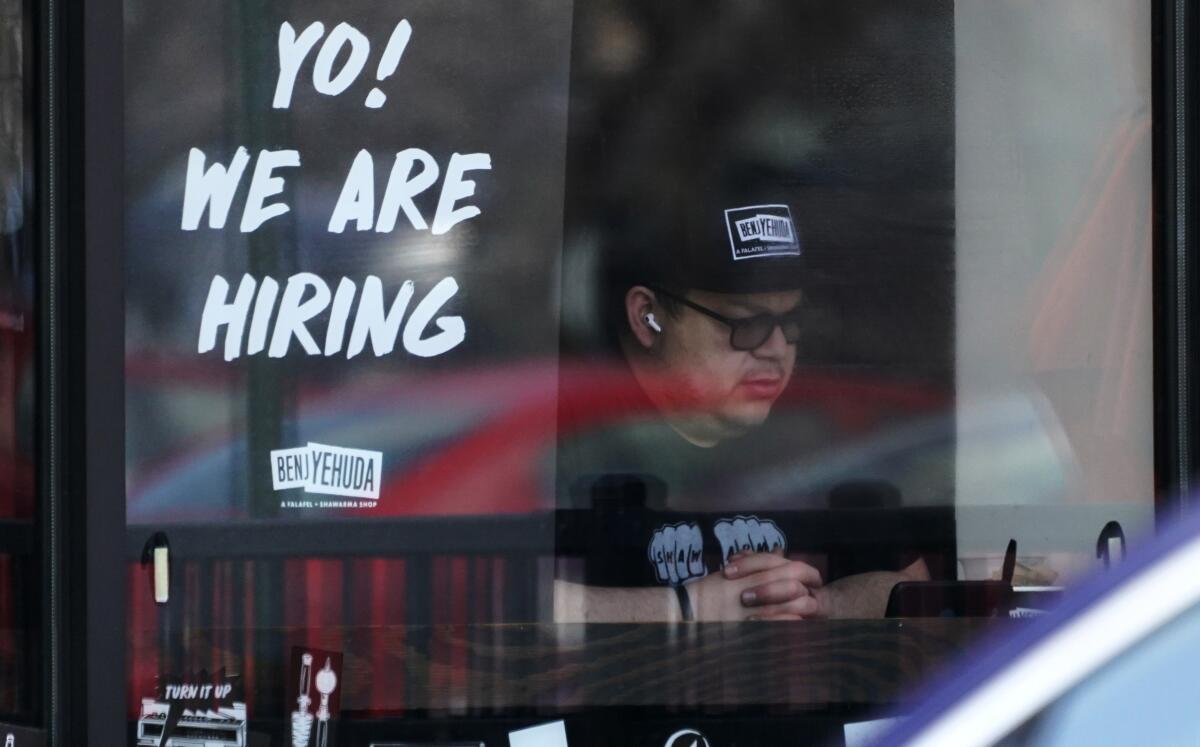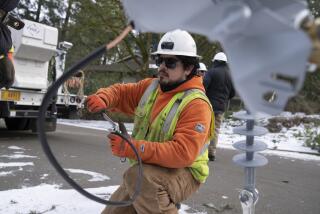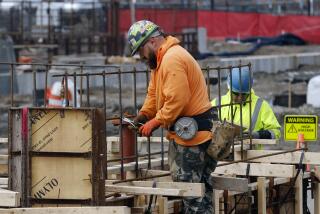Are widespread layoffs coming? How the pandemic has changed employersâ recession strategy

WASHINGTON â With the economy slowing, the post-pandemic surge is over for Wisconsin restaurant owner Patrick DePula and his four pizza and pasta places.
Last year he sold some 50 orders of his popular Fatherâs Day special â a fat tomahawk rib-eye steak with all the trimmings. This year: only seven. And sales overall at three of his restaurants are down about 10% from a year ago.
âIâm pretty sure thereâs a recession coming,â said DePula, 49, who has already begun preparing for tough economic times. Expansion plans are on ice. He reduced operating hours at his downtown Madison outlet. Value meals are featured on the menu.
But thereâs one recession strategy he isnât even considering this time. He has no plans to lay off any of his 180 workers â not after all he went through trying to hire, recall and hold on to them during the last two years.
Employers like DePula face an unusual dilemma as the U.S. economy appears headed toward recession. Given how tight the labor market remains after millions of Americans exited the workforce during the COVID-19 crisis and many never returned, do they dare let go of the workers theyâve fought so hard to attract â especially if a recession turns out to be relatively mild, as many economists expect?
For DePula, the answer is no. In fact heâs thinking about beefing up employee benefits to attract more workers and keep the ones he has.
âWeâll just have even smaller margins to keep quality people employed,â he says.
Nationwide, as inflation erodes profits and many companies have stockpiles of unsold goods, what usually follows is a cutback in staffing.
Itâs a tried-and-true recipe for companies wanting to boost short-term profits and keep shareholders happy during a downturn. Businesses often seized such moments to reorganize and get leaner, figuring they could turn to temp agencies and contract workers if they got in a jam.
But current conditions suggest things could be different this time.
By some measures, the labor market has never been tighter, with more job vacancies than ever and still nearly two openings for every unemployed worker. The U.S. unemployment rate was 3.6% in May.
COVID-19 and its accompanying lockdowns triggered massive layoffs. Although many of the cuts were meant to be temporary, a lot of good workers didnât return to the same employers or even to work at all. Millions stayed home because of health concerns, retired earlier than planned, or quit jobs as they sought better pay and more desirable working conditions.

Even as businesses have bumped up wages, workers have been slow to reenter the job market, some relying on federal stimulus and enhanced unemployment checks to keep them going. Employers today still complain about people âghostingâ them by not showing up for interviews or starting jobs only to disappear after a few days.
To be sure, if there is a recession, layoffs will increase. No employer can promise never to let go of workers, even in places like Madison, where the jobless rate was a barely perceptible 2.2% in May.
And as the Federal Reserve continues its rate-hike campaign to fight inflation, companies in interest-sensitive sectors already have announced layoffs, including Redfin, Compass, JPMorgan Chase and First Guaranty Mortgage.
Still, layoffs remain at historically low levels, and the lessons learned during the pandemic could prove significant in how fast and aggressively employers cut jobs.
âI do think the pandemic and its aftermath has focused employers on having a sustained relationship with people who know the business and can keep them going,â said Erica Groshen, the former Bureau of Labor Statistics commissioner whoâs now affiliated with Cornell University and the Upjohn Institute for Employment Research.
She said more employers may opt for temporary work furloughs, rather than the permanent layoffs that have been more common since the 1980s.
At the very least, said Harry Holzer, a labor expert at Georgetown University, âThey might be slower to bring down the ax.â
Early last month Woodland Hills-based Silgan Containers said it planned to make temporary layoffs this summer at its Riverbank plant in the Modesto area. The facility, which makes cans for the food industry and employs 164 people, had produced nonstop earlier in the pandemic to meet heavy demand, but is now sitting on a large stockpile of containers, said Kevin Waid, the plantâs chief union steward.
Temporary layoffs arenât unusual for Silgan in Riverbank, but Waid, a nine-year veteran at the plant, said he had never heard managers stress so much how they didnât want to lose employees during the furlough.
âThe whole COVID thing made it new,â he said, noting that despite some hefty pay increases, turnover has been rampant during the pandemic. Seniority, he said, is now measured in weeks and days, not years.
âThe last couple of years has been something else,â said Waid, 38.
The company, which filed a layoff notice with the state as required under the WARN Act, didnât respond to inquiries.
Employee leverage is likely to weaken as the supply of available labor grows, as it almost certainly will if the economic slowdown persists and as more people drain their savings and are forced to go back to work. Turnover, too, will subside as employees see more risk quitting their jobs.
The widespread move to remote work during the pandemic may also affect how layoffs play out during a recession.
On one hand, employers may be reluctant to let such workers go, even on a temporary basis, because many more companies today offer remote jobs, making it easier for people to find new work.
But it could prove to be the opposite: A world of telework may mean a weaker employer-employee attachment, which could make layoffs and separations easier, not to mention prompt companies to use more on-demand independent contractors, said Susan Houseman, an economist and research director at the Upjohn Institute.
Similarly, Houseman said, itâs not clear how many employers will try to avoid layoffs by turning to work-sharing, an arrangement popular in Europe and tried by many more U.S. businesses during the pandemic. The program allows employers to keep staff by cutting employeesâ work hours across the board and then having their reduced pay covered at least partly by state unemployment benefits.
âI frankly hope they think twice about layoffs,â said Mary Kay Henry, president of the Service Employees International Union. In retail, hospitality and other industries, she said, worker shortages are so bad itâs spurring increased interest in unions âbecause there arenât enough staff to perform the work and itâs increasingly stressful.â
At the end of the day, how companies behave in terms of layoffs will depend on their financial situation and how they assess whatâs likely to happen. If employers think itâll be a relatively mild recession, they may try to wait it out, not wanting to be caught flatfooted as many were when COVID-19 receded and they didnât have enough help available.
Arnold Kamler, chief executive of the bicycle importer and producer Kent International, says business has slowed markedly after gangbuster sales in 2020 and 2021, when demand surged and there was a shortage of bikes.
âA year ago, we could go bowling inside our warehouse,â he said, because bikes were going out as soon as they arrived. Now, he has so much inventory on hand that âthe bowling ball would only go about two feet.â
Kamler says his workforce â 70 people at headquarters in New Jersey and 140 at its assembly plant in South Carolina â has been stable through the ups and downs of the pandemic. His employees stuck by him, Kamler said, and now he wants to do the same, even if the slowdown worsens.
âI guess if thereâs a lesson learned, itâs that you take very good care of your employees,â he said.
More to Read
Get the L.A. Times Politics newsletter
Deeply reported insights into legislation, politics and policy from Sacramento, Washington and beyond. In your inbox three times per week.
You may occasionally receive promotional content from the Los Angeles Times.











